I had no expectation when my friend Leslie of Pollinator Friendly Yards asked me if I wanted to meet her for a 2-hour guided walk in the Fernbank Forest last weekend. I hadn’t visited the forest since it reopened in 2016 after ownership transferred to the Fernbank Museum from the Dekalb County School District four years earlier and the museum started an ambitious, intensive and ongoing restoration project to remove the non-native invasives that were outcompeting native plants and smothering trees. By the time the forest reopened, my days of bringing kids to museums were over and it didn’t get my attention even though everyone was talking about the restoration. In my mind I thought the new 10-acre child-friendly outdoor area called WildWoods that I’d read about was the accessible part of the forest. I didn’t focus on the fact that the two-story, mile-long tree canopy walkway in WildWoods connected the Museum to the official entrance to the trails in the 65-acre Fernbank Forest!
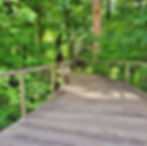
Our personable and knowledgeable guide Chris started the tour by leading a small group of us through WildWoods where we stopped every few feet for him to give fascinating mini lessons about trees, native plants, and wildlife. I kept thinking how much time I would have spent in this natural outdoor wonderland filled with educational exhibits, play areas and nature trails if it was around when my kids were young!
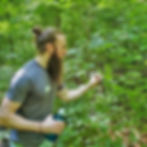
Even before we entered the gates of the forest, I was overwhelmed by how green and restorative the woods were. A forest bathing experience was the exact ecotherapy I needed! We were (and still are) in the middle of a miserable Atlanta heat wave and I had been hiding in my air-conditioned house for days. Trees lower the temperature around them and the noticeably cooler forest was particularly welcome.

The documented cooling effect of trees seems to be lost on the leaders of Atlanta where our tree canopy is disappearing at an alarming rate. In 2008 our canopy was 47.9% and by 2018 it was 46.5% Now, four years later it has to be even lower with all the massive mixed use developments chipping away at our old growth urban forests. Speculative builders clear cutting old growth trees on residential lots for zero lot McMansion monstrosities are also everywhere! Even organizations like Tree Atlanta that work tirelessly to address Atlanta's tree loss, protect our forests, and create new green space can’t keep pace with all the bulldozers and prevent Atlanta from becoming one big urban heat island!
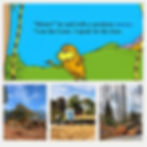
We’re on a path to join other cities like Greenville, NC that has lost 33 million feet of their tree canopy since 2001. Only 36% of Greenville is now under a tree canopy but a tree canopy needs to exceed 40% for their cooling benefit in cities In the Atlanta metropolitan area, I think every person who makes a decision to cut down a tree should have to first have to take a guided walk through the Fernbank Forest to learn the value and experience the wonder of an old growth urban forest.
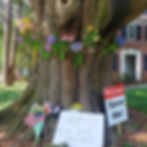
I left the forest grateful to the Fernbank Museum for the work they’re doing to protect and showcase one of the largest remaining old-growth urban Piedmont Forests in America. Around 80%. of Atlanta’s tree canopy is on private property. This means a majority of our natural wildlife habitat areas are also on private property. If Atlanta wants to keep its nickname City in a Forest given because we are (were?!) the most forested city in the country, we need to continue to stop clear cutting our public and private natural areas and work to restore them so future generations can find cool refuge on a hot day, hear a rare babbling brook clean enough for salamanders, and enjoy the peace, beauty, wildlife, and wonder natural biodiversity brings to our world.
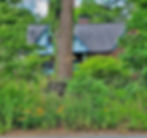
I'll only share just enough highlights from our magical forest walk below to hopefully encourage you to experience the Fernbank Forest for yourself. You can check out the Fernbank Museum website for details, but there’s a Night Walk this Saturday, June 25 and future morning walks on July 9, August 13 (with Audubon Society), August 27, and October 8 (with Audubon Society) . You can also visit the forest anytime you want with admission to the museum. I joined the museum just to be able to visit the forest anytime I want! (The photos were all taken with my not so new Samsung phone)
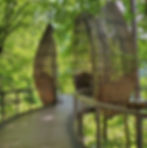
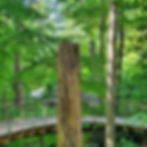
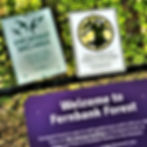
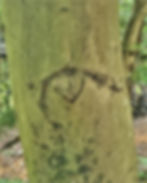
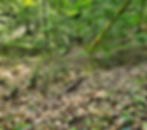
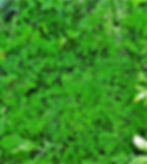

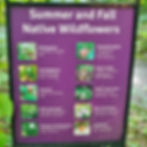
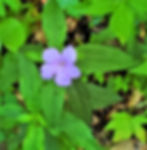
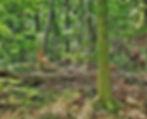
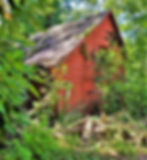
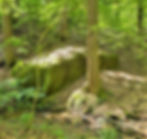
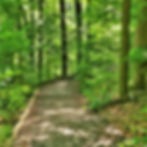
Note - there are no affiliate links in this blog. Please click the highlighted text throughout the posts for links to details, explanations, references, worthy organizations, or examples that might be helpful.
